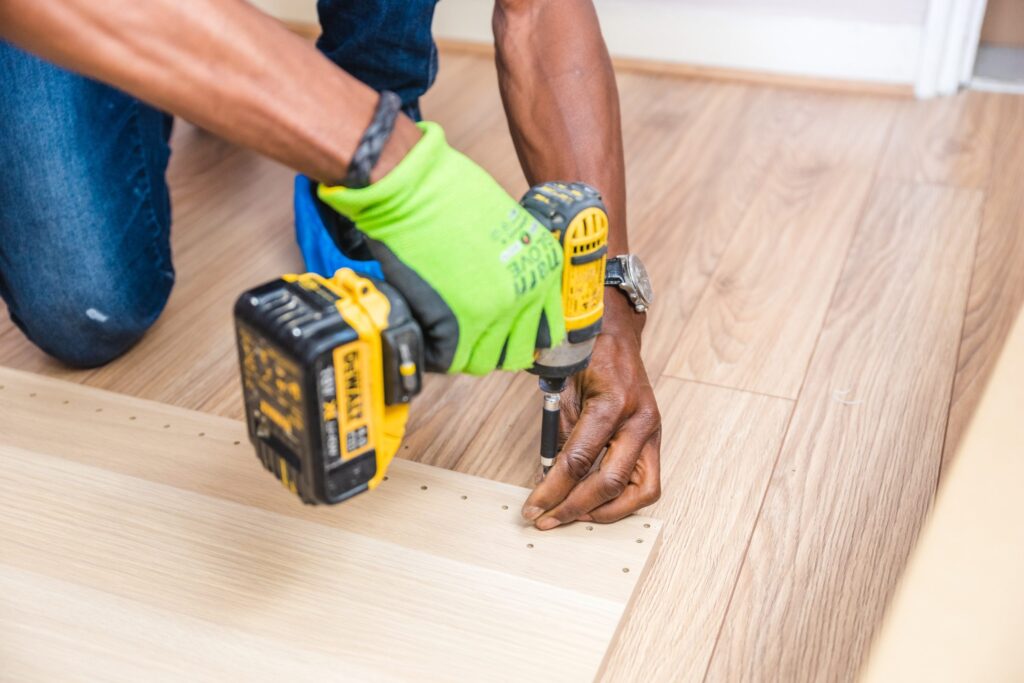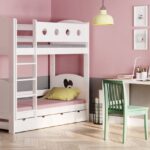People utilize sound mats as a subfloor covering to reduce impact sound transmission between floors of a house. Wall and ceiling applications assist in reducing noise levels in homes by preventing the reflection of sound waves. Here are seven residential applications for these mats:
1. Flooring Underlayment
Property owners can add these sound control mats to their subfloor under hardwood, laminate, or tile floors to help minimize the sound of footsteps and other foot traffic. The sound mat minimizes vibrations from footsteps, falling objects, and furniture movements. This application enhances the acoustic comfort for both upper and lower-level occupants.
2. Wall Soundproofing
Soundproofing walls with sound mats minimizes noise transfer between rooms. These mats can be installed between drywall layers or on an existing wall surface. The mats block the sound waves so that they do not penetrate the wall structure. This application is especially beneficial in cases of common walls in townhouses or apartments. These mats can also help block out noises coming from outside the room, such as street traffic or noisy neighbors. This solution can be useful for designing bedrooms, home offices, or nursery areas for minimal noise disturbance.
3. Home Theater Acoustics
Homeowners can add sound control mats to their home theaters to control the sound reflections and reverberations on the walls and ceilings. The mats help maintain an even distribution of sound for enhanced audio. Some home theater sound mats have textured surfaces to spread the sound waves. Homeowners may use these mats in conjunction with other acoustic solutions, such as bass traps and diffusers, to boost the overall home cinematic experience. The sound control mats can also help minimize the spread of noise from the home theater to other areas of the house.
4. HVAC Noise Control
HVAC noise control deals with the low-frequency humming and vibrations from the heating and cooling systems. Sound control mats may be used by homeowners to cover the ductwork, minimizing the transfer of airborne noise through the system. The mats also reduce the noise and vibrations coming from the HVAC unit so that they do not transmit through the structure of the building.
5. Appliance Vibration Dampening
Sound mats can help with appliance vibration dampening by minimizing noise coming from washing machines, dryers, and dishwashers. These mats are installed underneath or near noisy appliances to reduce vibration. The mats act as a barrier that does not allow vibrations to reach the floor or adjacent cabinets. This application can help decrease the level of noise in kitchens and laundry rooms.
6. Plumbing Noise Reduction
Plumbing noise control addresses the sounds of water flowing through pipes. To minimize these noises, property owners may install sound mats to cover the areas near water supply lines and drain pipes. The mats act as a barrier to vibrations so that they do not reverberate through the walls and floors.
7. Staircase Sound Insulation
Staircase sound insulation focuses on reducing the thumping and creaking sounds that occur when stairs are in use. Sound control mats are installed beneath the stair treads and between the stringers to dampen noise caused by movement. Some mats can also offer cushioning, enhancing comfort while walking. For added soundproofing, carpets or runners may be used in conjunction with the mats.
Install Sound Mats Today
Residential property owners use sound control mats to reduce noise transmission, improve comfort, and enhance privacy within the home. These mats are beneficial for multi-level homes, apartments, or spaces where noise can easily travel through walls and floors. Contact a reliable sound mat supplier today to learn more about their products and how to install them.






